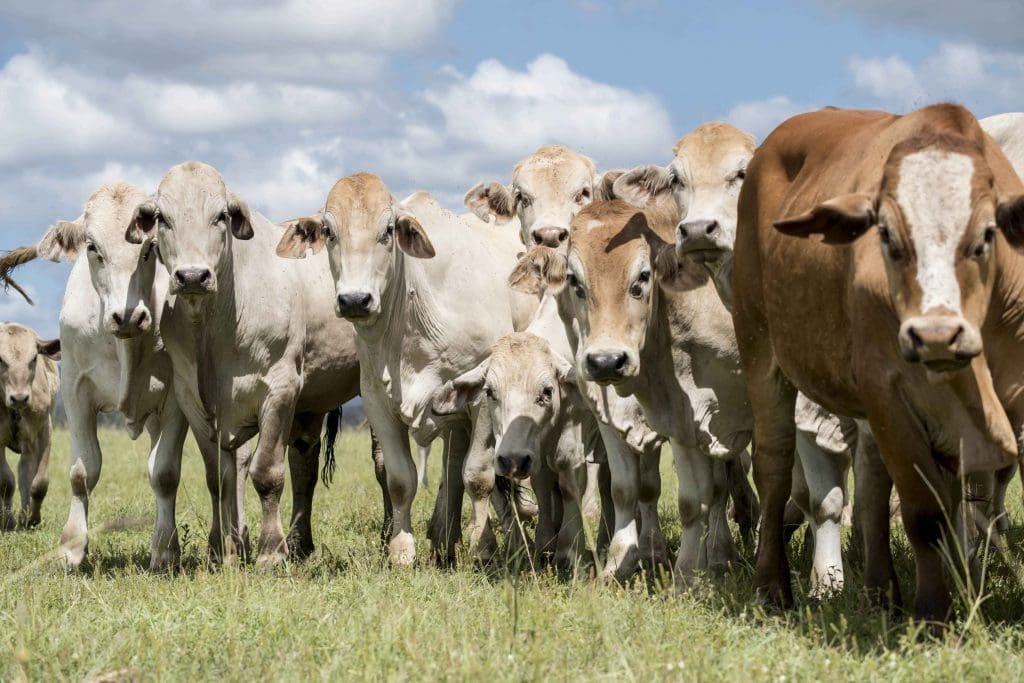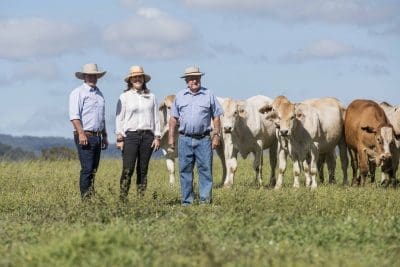A SURVEY of 1400 Australian farmers conducted in September 2017 indicates a high level of on-farm investment in innovation and technology is planned for 2018.
The research, conducted by Kynetec on behalf of the Commonwealth Bank, showed that more than a third (37 percent) of farmers surveyed plan to increase investment in technology and innovation, versus three per cent who plan to decrease.
The survey indicated there will be particular focus on investing in livestock production in the coming year, with solid investment intentions for wool, lamb and beef.
The main reasons listed for those planning to increase investment were to enhance productivity and efficiency and to gain greater benefits from their equipment and farm production methods.
Commonwealth Bank’s Executive General Manager of Regional and Agribusiness Banking Grant Cairns said farmers recognised that innovative practices and technology were profit drivers that could help to achieve more from their operations.
“When we asked farmers why they were directing more of their spend towards tech and innovation, many talked in terms of longer term productivity,” Mr Cairns said.
“Farmers know that getting the best tech on farm allows them to do better in good years and also positions them to get through the tougher years.
It’s about maximising the return on investment not only of their equipment, but their people and their own time and effort”.
The Agri Insights survey found that 33 per cent of wool growers and 31 per cent of lamb producers are looking to expand their operations (compared to just 9 per cent of wool growers and 13 per cent of lamb producers planning to reduce).
In cattle, 23 per cent of dairy farmers say they will expand their enterprise (11 per cent to reduce) and 24 per cent of beef producers plan to scale up (14 per cent to reduce).
This trend follows strong commodity investments over the past 12 months, with 10pc of farmers saying their biggest increases in investment were in their beef operations. Of those who invested more in livestock, many did it to make the most of strong returns.
“With continuing high prices and demand, we’re seeing strong intentions across the spectrum for livestock in the next 12 months. This has coincided with some reduction in grains intentions as some farmers respond to lower prices and the sometimes greater flexibility that livestock can offer,” Mr Cairns said.
According to the survey, 35 per cent of grain growers who will reduce their enterprise are reacting to lower prices.
Overall, fixed infrastructure, plant and equipment investment was the focus of the most increased investment over the past 12 months (31 per cent), and continues to present strongly for the coming year: over one third of farmers (35 per cent) are planning to increase in the coming year.
Case study: Malarga Grazing
The Hughes family, at the helm of Malarga Grazing in Queensland, are among a number of graziers working towards answering a question that has beef producers puzzled – why artificial insemination conception rates are so low.
Currently industry rates for artificial insemination sit at a maximum of about 60pc, and Cam Hughes and producers like him want to find out why.
Cam runs Malarga Grazing – a Brahman beef operation located in the Wide Bay-Burnett region of Queensland – with his wife Lisa and father Brian. Cam is a member of the Meat and Livestock Australia (MLA) R&D committee. Next year the Hughes’ Blairmore property will be used as part of an artificial insemination program trial.
This is just one example of Malarga Grazing’s commitment to innovation. Over the past three years the business has been helping an ear tag producer trial different tags and they’ve adjusted their pasture program to improve production outcomes.
Malarga has been in the Hughes family for about a century. In the 1970s, the Hughes family expanded the business to Blairmore at Ban Ban Springs and have since accumulated numerous other smaller properties along the way. All up, Malarga Grazing has about 8,500 cattle, across more than 20,230 ha, not including leased land.
The operation sells an average of 2000 head per year, with strong markets in China, Korea and Japan, though it does chop and change a bit, Cam says. With beef performing so well in the market at the moment, Lisa says the family is taking the opportunity to upgrade the properties.
“We chose to increase expenditure on farm last year. We spent the money on farm improvements, fencing and just things that need doing. We were capitalising on good returns and putting the money back into the business,” she says.
The Hughes family have also started carefully choosing their pasture variety to give them greater quality control. They have planted bisset creeping bluegrass, Rhodes grass and wynn cassia with legumes like Seca stylo. The Hughes are also planning to invest in a new variety of leucaena, a legume fodder crop, to increase production. Where they can’t plough due to the undulating landscape, they aerial seed.
“We have been able to improve the pasture and our seeding processes have helped our carcass weights increase to no end. It has come at a cost, but it has also increased our carrying capacity,” Cam says.
Looking ahead, the focus is to build a resilient and robust business that can ride the ups and downs of farming.
“We plan to consolidate and improve our operations,” Lisa says. “This is the time to make a bit of money and improve our fixed infrastructure, plant and equipment.”
Source: Commonwealth Bank


